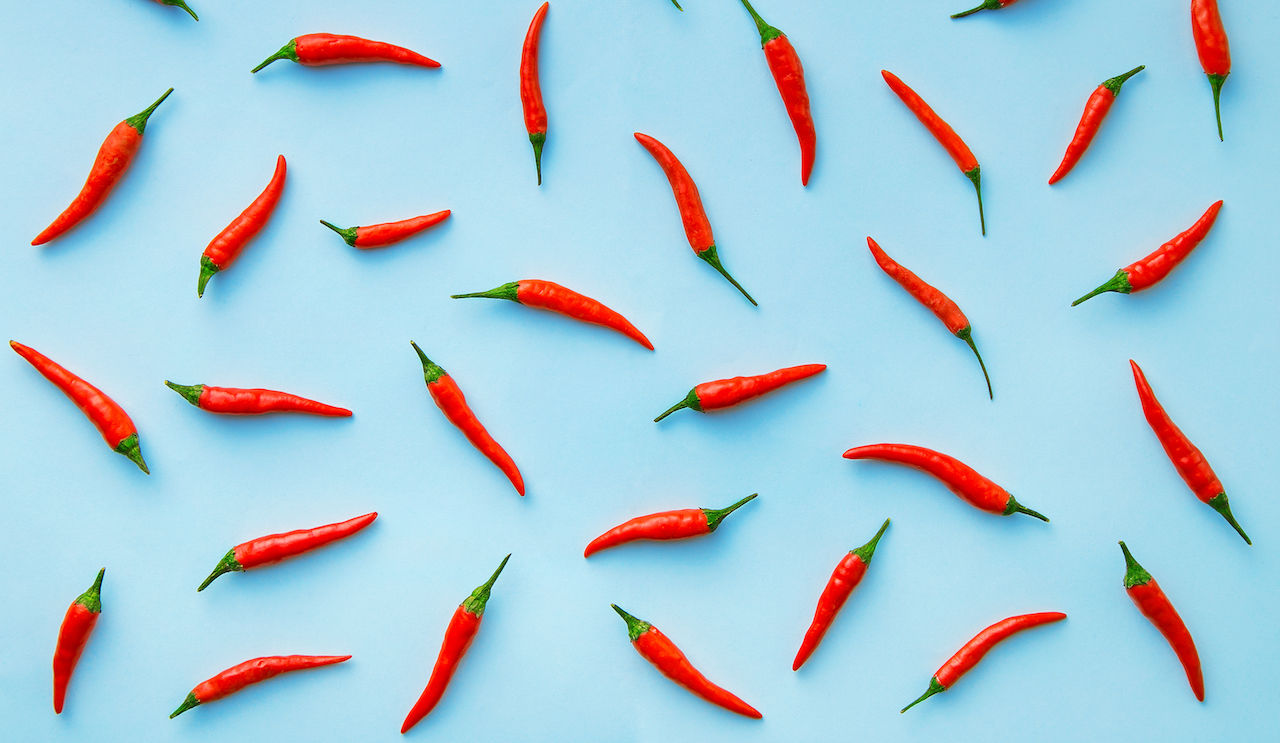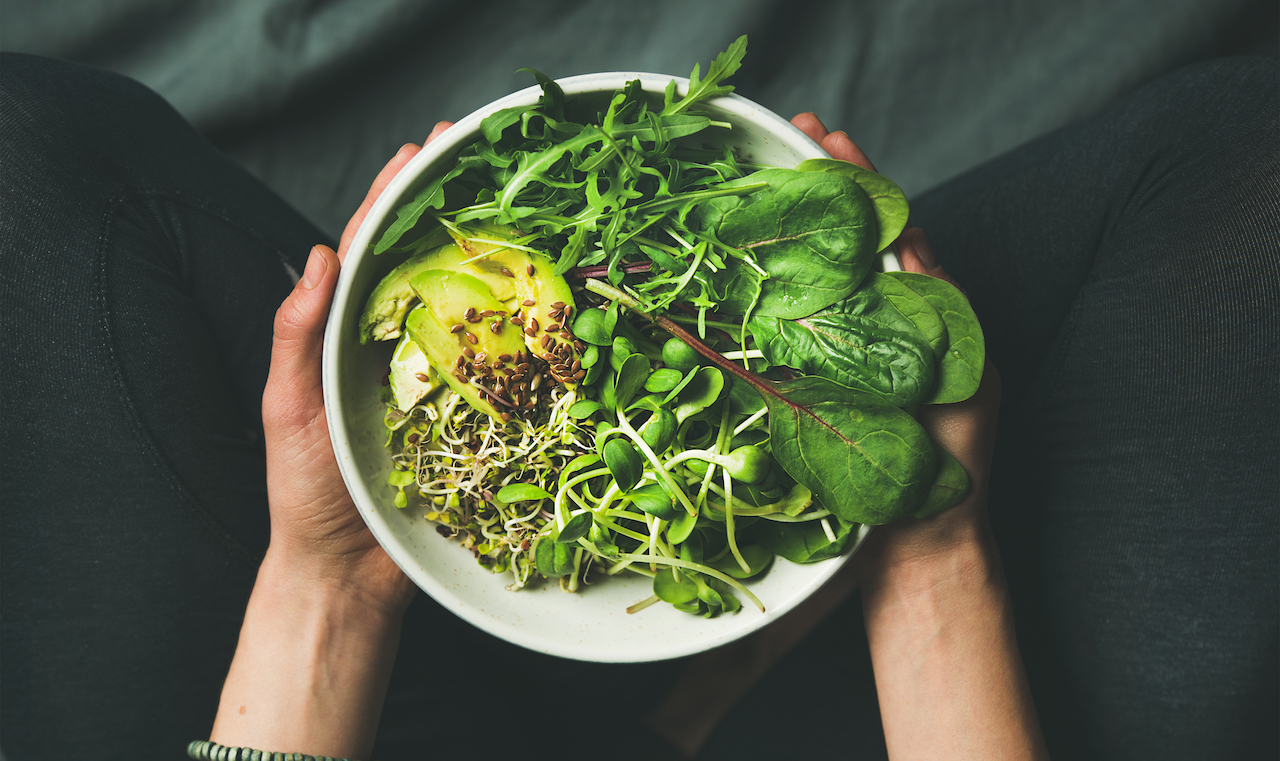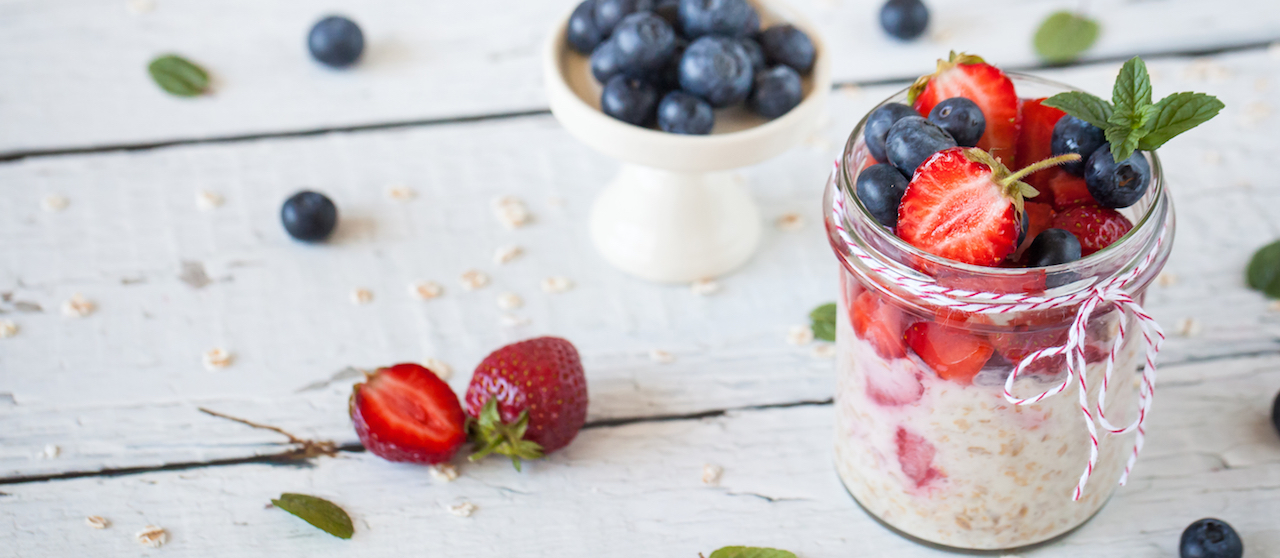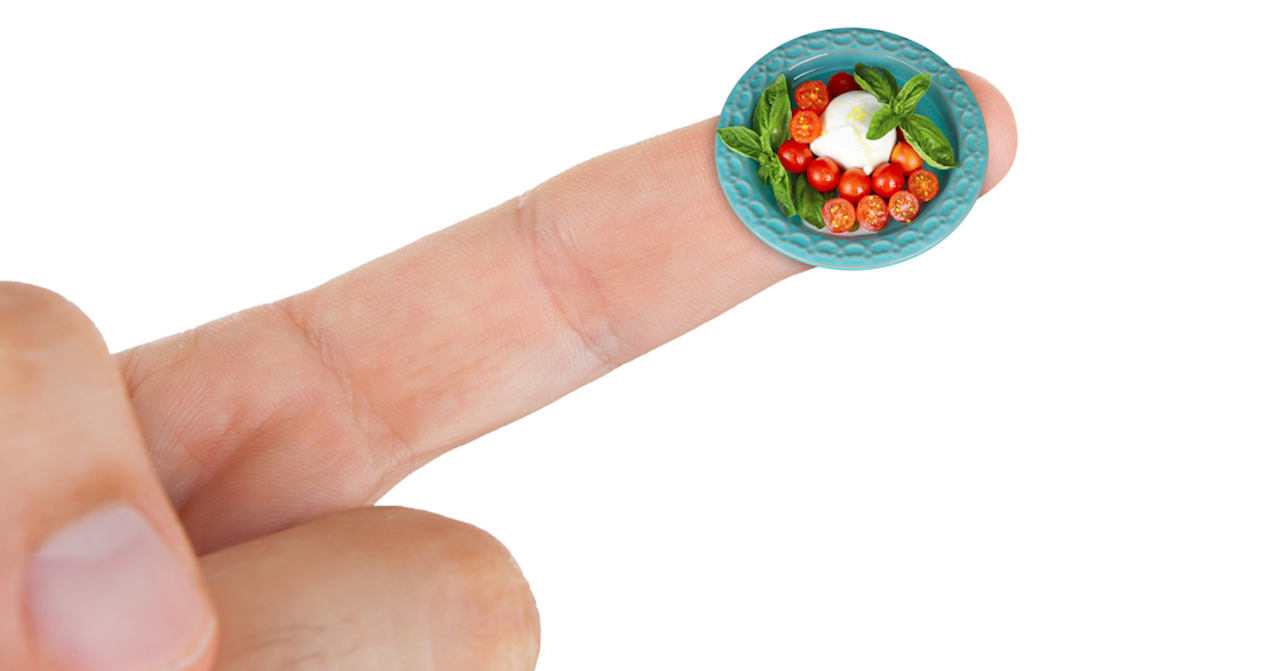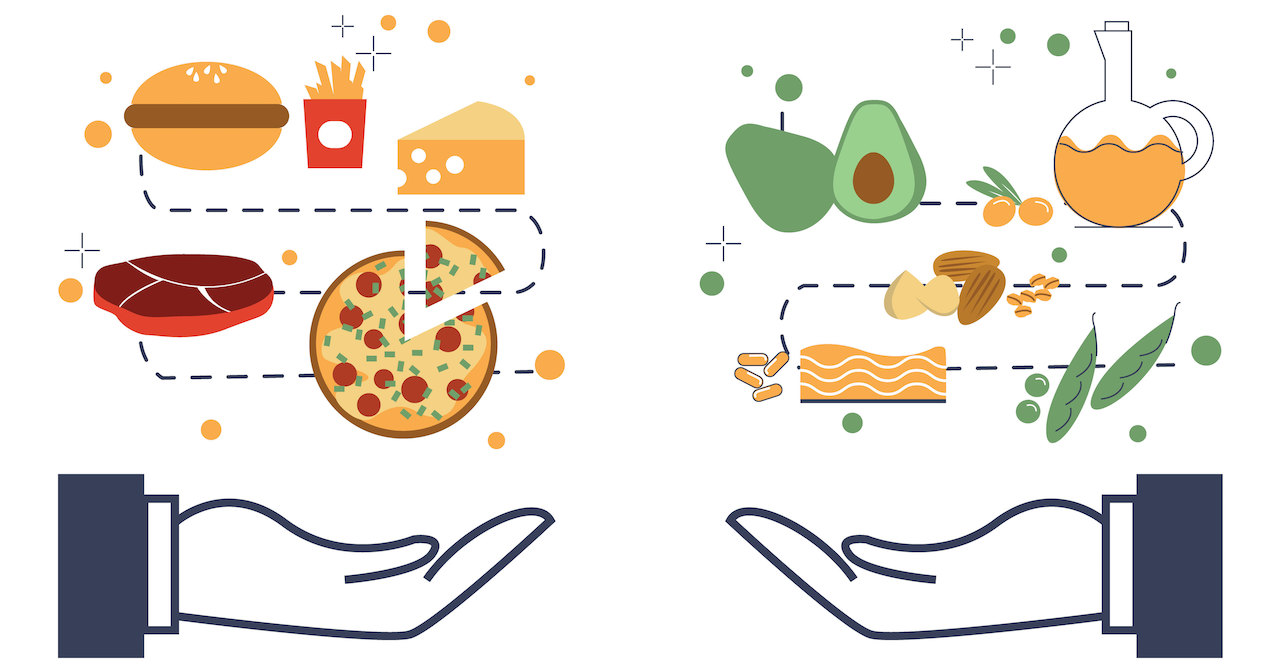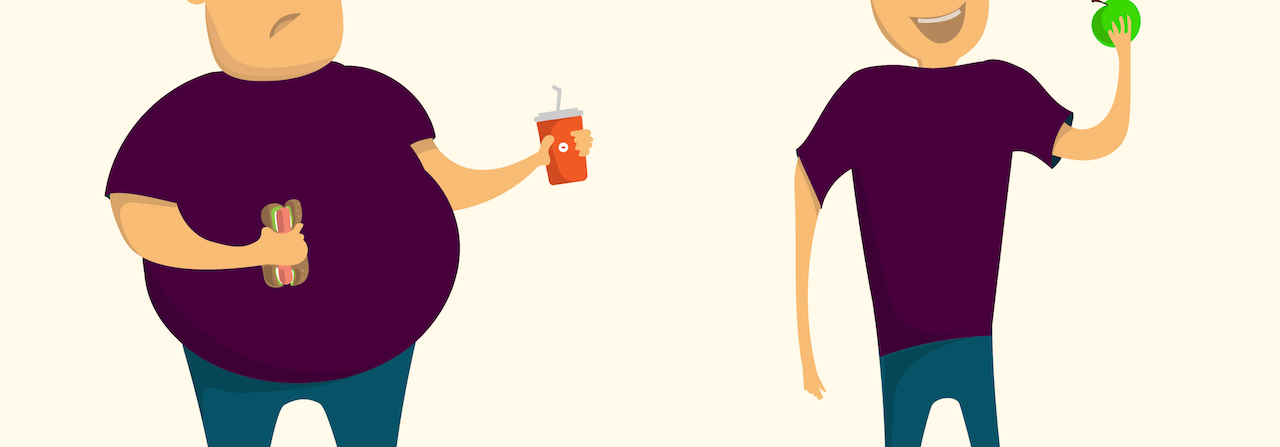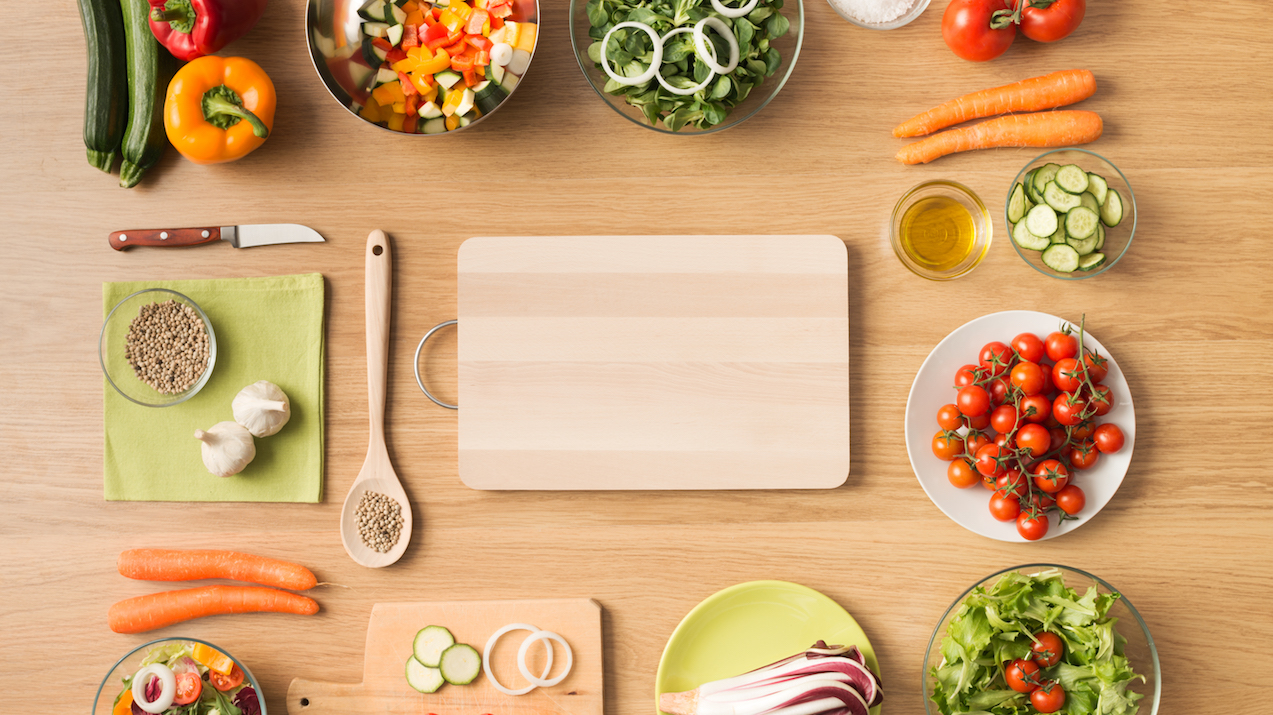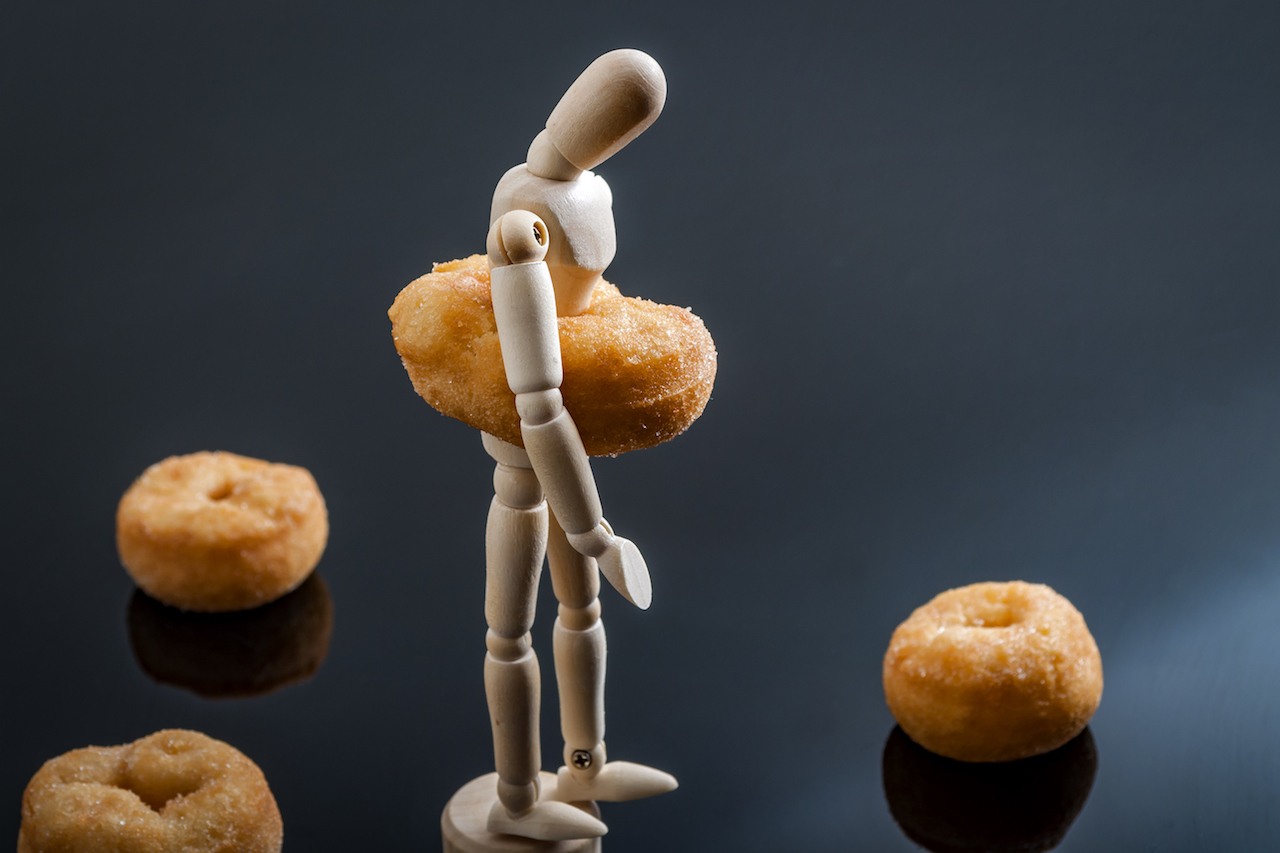Like it hot and spicy? Your adventurous palate may be doing you a world of good without even realising it. Other than adding a kick of flavour to just about any dish, peppers could add years to your life.
A study published in PLoS ONE, says that red hot chilli peppers can lower your risk of heart disease or stroke by a substantial 13 percent.
We’re not quite sure why hot peppers extend life, but researchers speculate that capsaicin, the substance that gives peppers their fire, may be the spicy key.
Capsaicin has potent anti-inflammatory and antimicrobial properties that may protect against diseases like obesity, diabetes, and hypertension. Get your capsaicin fix from jalapenos, cayenne, and even bell peppers.
What else can peppers do for you?
- Burn fat. The capsaicin in peppers has been shown to boost metabolism, suppress your appetite, and give a little boost to your body to burn calories.
- Improve digestion. Hot peppers have been used to treat digestive and gastrointestinal ailments for years. The capsaicin in this veg is known to stimulate the production of digestive enzymes, and help with indigestion. It has also been shown to protect the stomach and intestines, and benefit nutrient absorption.
- Control cholesterol. Another benefit of amazing capsaicin: it may help keep your cholesterol levels within healthy range. Research shows that capsaicin may block cholesterol build-up and lower levels of LDL “bad” cholesterol. The hotter the pepper, the more capsaicin. And, the better controlled your cholesterol.
- Ward off arthritis. Peppers pack a punch of Vitamin C, an essential nutrient in the formation and maintenance of collagen and other connective tissue. Studies suggest that when your diet lacks Vitamin C, you could be at risk for arthritis and other inflammatory conditions.
- Prevent cancer. Hot or sweet, peppers have loads of phytochemicals; protective compounds naturally found in plants. Phytochemicals act as antioxidants in your body, working against harmful free radicals that destroy cells, damage tissue, and cause cancer.
TIP
Before you drown your next meal in every pepper you can find, remember that spicy foods aren’t for everyone, especially if you have gastrointestinal problems, like a stomach ulcer. Hot foods may worsen digestive disorders and cause discomfort.
References:
- https://www.nytimes.com/2017/01/17/well/eat/eat-peppers-live-longer.html?_r=0
- http://www.nydailynews.com/life-style/red-hot-chili-peppers-prolong-life-study-article-1.2947822
- https://www.sciencedaily.com/releases/2017/01/170113133047.htm
- http://www.webmd.com/food-recipes/news/20170118/hot-peppers-extend-life
- http://www.besthealthmag.ca/best-eats/nutrition/5-health-benefits-of-peppers/1/
- http://www.livestrong.com/article/390918-are-hot-peppers-good-for-you/

